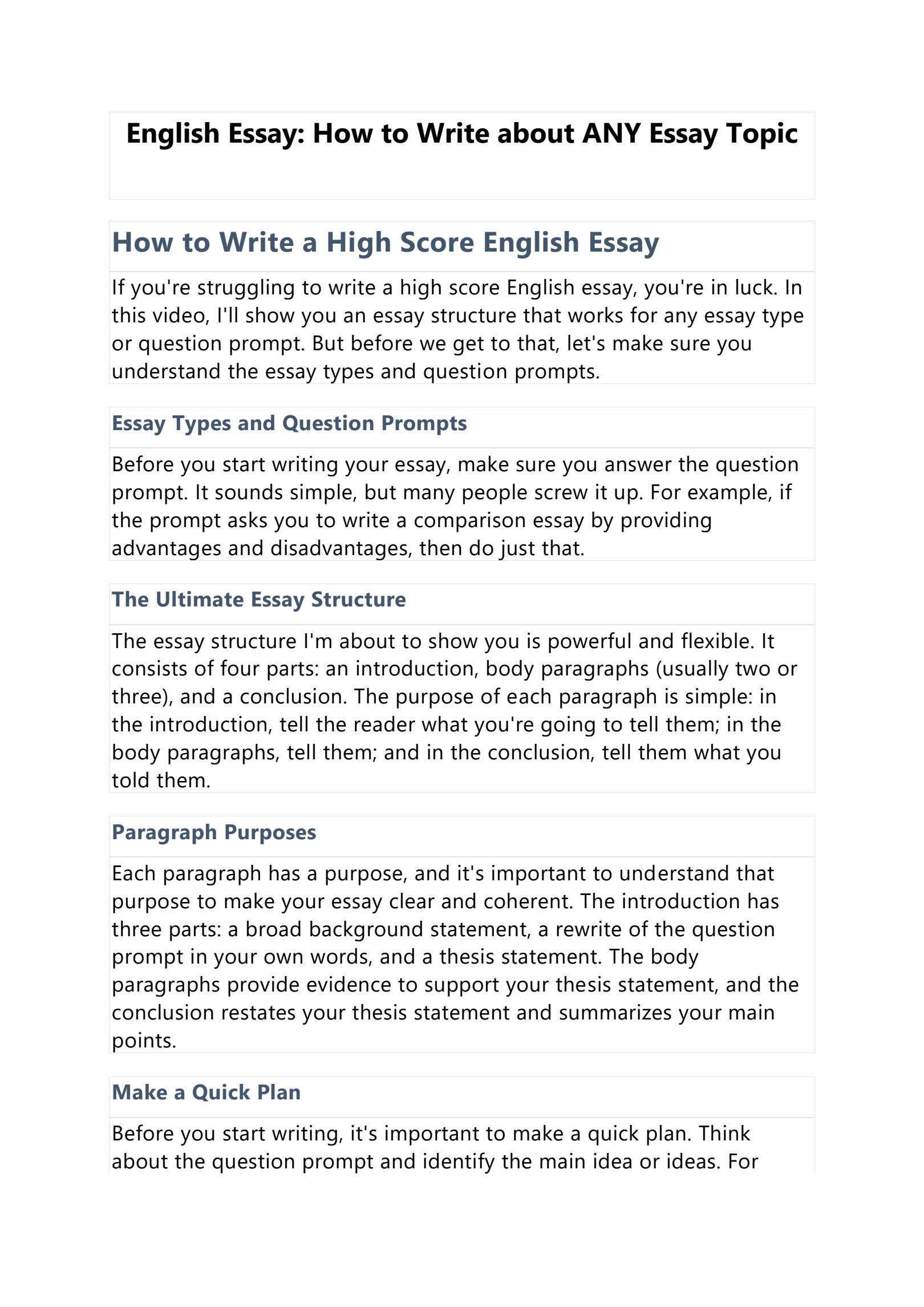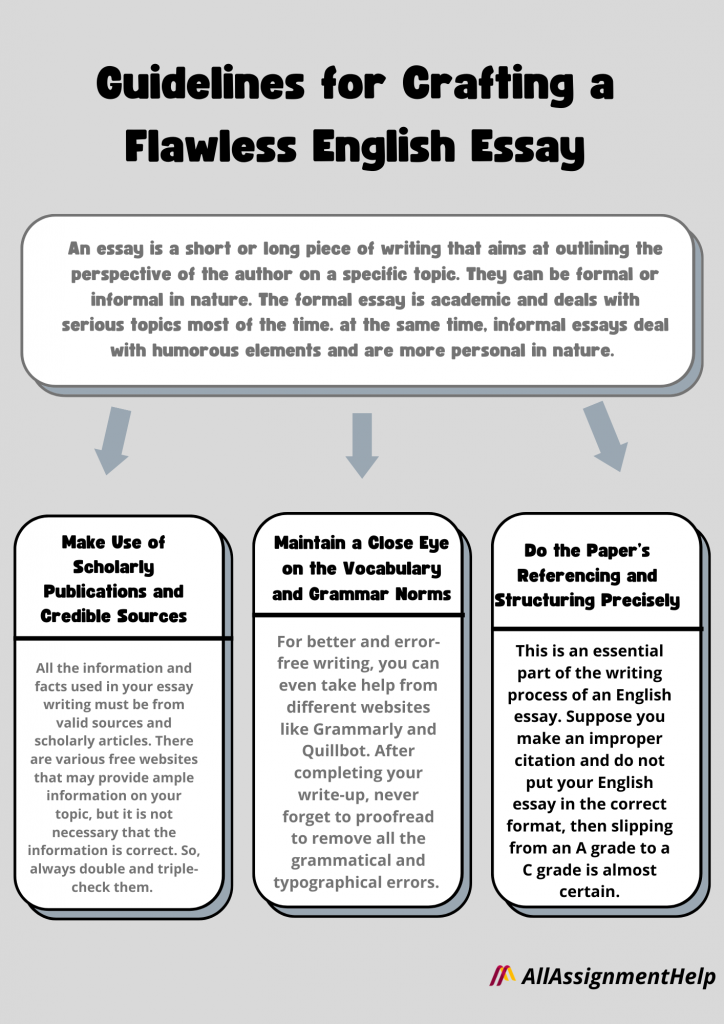Mastering the Art of Essay Writing: Crafting the Perfect Introduction Paragraph
Mastering the Art of Essay Writing: Crafting the Perfect Introduction Paragraph
Writing an essay can feel overwhelming.
Especially when you get to the introduction paragraph.
I get it.
The introduction is the make-or-break part of your essay.
It sets the vibe and grabs the reader’s attention right away.
In this piece, I’ll walk you through my easy steps for writing an introduction that really hits home.
Plus, I’ll share some handy tips that have helped me keep readers engaged from the very first sentence.
Why the Introduction Paragraph Matters
Think of the introduction as your first impression.
You want it to shine.
A killer introduction can spark interest, while a weak one might send your reader to sleep.
According to sources like Long Branch Public Schools, a solid introduction has three key parts:
- Lead: This is your attention-grabber. Make it interesting and relevant to your topic.
- Bridge: This links your lead to your thesis. It gives some background or context.
- Thesis Statement: This is the heart of your essay. It tells the reader what you’ll be discussing.
If you nail your introduction, you’ll boost the overall quality of your essay.

Step-by-Step Guide to Crafting an Introduction Paragraph
Step 1: Start with a Strong Hook
Your first sentence matters.
It should grab the reader’s attention like a good headline.
Here are some strategies to make your hook pop:
- A Surprising Fact: Start with a jaw-dropping statistic.
- A Bold Statement: Make a claim that challenges the norm.
- A Thought-Provoking Question: Ask something that makes the reader think.
- An Anecdote: Share a quick personal story related to your topic.
For example, if I were writing about climate change, I might kick off with: “Did you know that over the past century, global temperatures have risen by nearly 2 degrees Fahrenheit?”
Step 2: Provide Context with a Bridge
Now that you’ve hooked your reader, it’s time to connect the dots.
The bridge links your hook to your thesis statement.
This can be:
- Offering background info
- Defining key terms
- Explaining why the topic matters
So, following my climate change hook, I might add: “As the effects of climate change become increasingly evident, understanding its causes and consequences is crucial for our survival.”
Step 3: Craft a Clear Thesis Statement
Your thesis statement is where you lay down the law.
It should clearly express what you’re arguing.
A strong thesis is:
- Specific
- Debatable
- Supported by evidence throughout your essay
For my climate change example, I might wrap it up with: “This essay will explore the primary causes of climate change, its impact on our planet, and the urgent need for collective action to mitigate its effects.”
Example of a Complete Introduction Paragraph
Here’s how all these parts come together:
“Did you know that over the past century, global temperatures have risen by nearly 2 degrees Fahrenheit? As the effects of climate change become increasingly evident, understanding its causes and consequences is crucial for our survival. This essay will explore the primary causes of climate change, its impact on our planet, and the urgent need for collective action to mitigate its effects.”
Tips for Engaging Introductions
Want to make your introduction even better?
Check out these quick tips:
- Be Concise: Keep it clear and to the point. Ditch the jargon.
- Engage Your Audience: Use language that resonates with your readers.
- Revise and Edit: Don’t be afraid to rewrite your introduction. Sometimes the best ideas come after you’ve fleshed out the main body.
Downloadable Worksheet for Writing Introductions
Need a little help getting started?
I’ve created a handy worksheet just for you.
It’ll guide you through crafting a strong lead, bridge, and thesis statement.
Grab it here.

Internal and External Resources
If you’re looking for more help with essay writing, check out WriteGo.
It’s a fantastic tool for generating essays and sharpening your writing skills.
And if you want to see a practical example of writing an introduction, watch this YouTube video for a comprehensive guide.
FAQs
What’s the purpose of the introduction paragraph in an essay?
It’s all about introducing your topic, grabbing the reader’s attention, and presenting your main argument.
How long should the introduction paragraph be?
Aim for about 5-10% of your total essay length. For a 2000-word essay, that’s around 100-200 words.
Can I write the introduction after the body of the essay?
Absolutely! Many writers find it easier to write the introduction last. It gives you a clearer view of your essay.
What should I avoid in my introduction paragraph?
Stay away from vague statements, broad generalizations, and anything irrelevant. Keep it focused.
How can I make my introduction more engaging?
Use strong hooks, relevant anecdotes, or questions that make readers think. Tailor your tone to connect with your audience.
Final Thoughts
Mastering the art of essay writing starts with a killer introduction paragraph.
By following the steps I’ve laid out here, you can create introductions that not only grab attention but also set a solid foundation for your essays.
Whether you’re writing for school, work, or just for fun, these techniques will serve you well.
So, let’s get writing!

